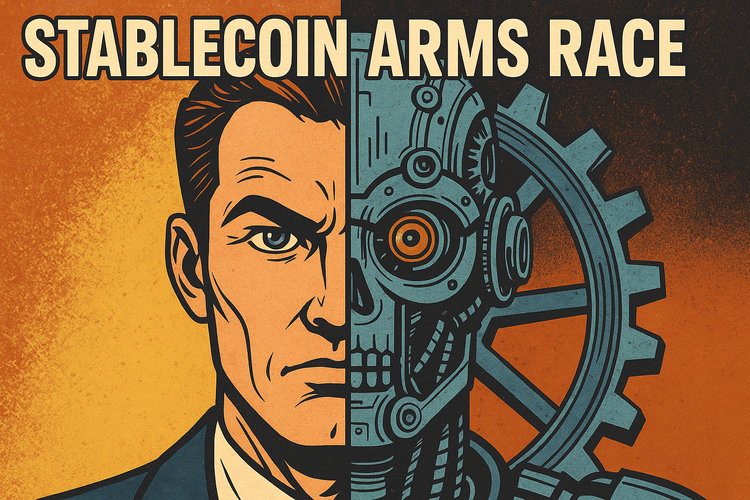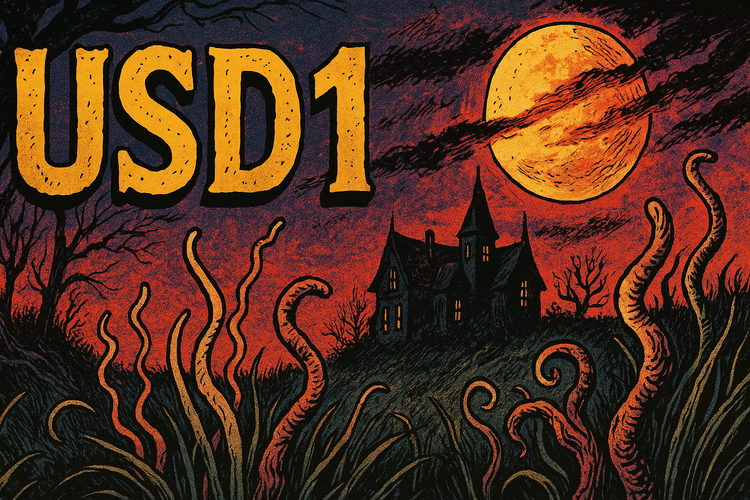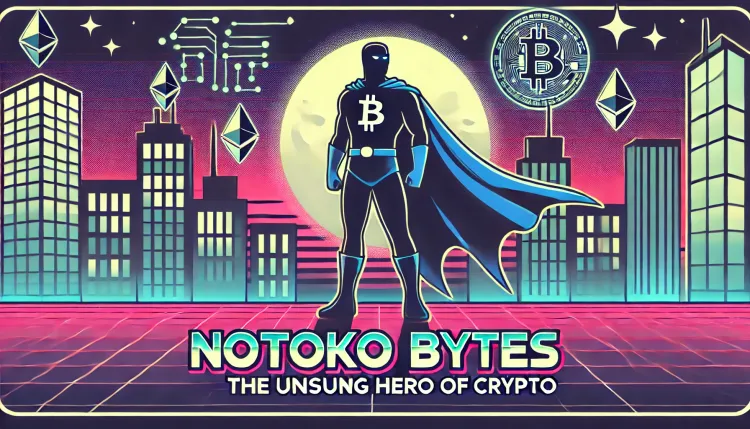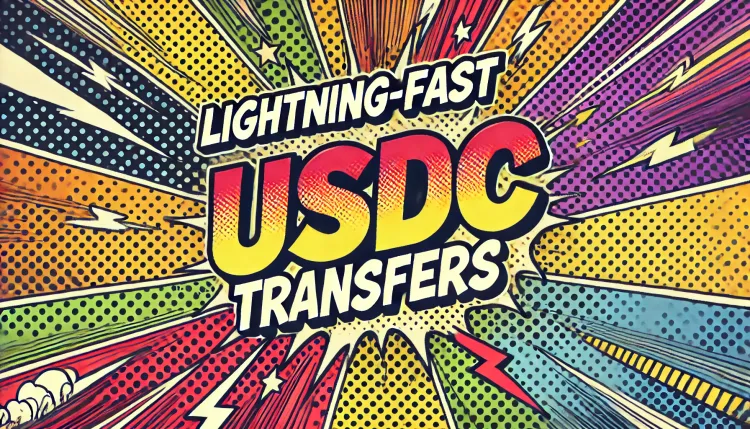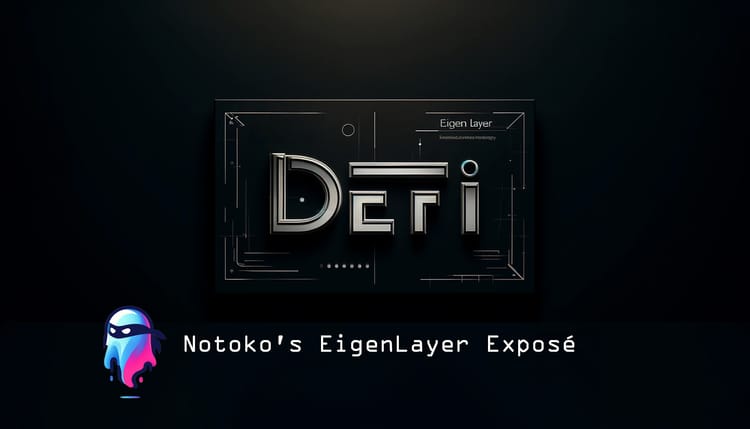DeFi’s Hidden Blueprint: Is AI the Key to Unlocking the Financial Matrix?

"Yo, DeFi degens! 🐸 Think the world of decentralized finance is a chaotic jungle? Well, guess what—it kinda is. But what if I told you there’s a method to the madness? 🤔 Every swap, stake, and loan you do is just a rearrangement of the same fundamental smart contract blocks. Like LEGO bricks, but for money. 🧱💰
I. Welcome to DeFi: The Financial LEGO Set! 🏗️
Today, we’re diving into how AI maps these DeFi building blocks to see if innovation is actually happening—or if every protocol is just a fancy copy-paste job with different branding. Let’s break it down!"
✅ What’s DeFi? A wild financial playground built on smart contracts.
✅ What’s the problem? Too many projects, too many contracts, too little transparency.
✅ Solution? AI-powered graph learning to see how protocols REALLY connect.
II. DeFi Building Blocks: What Are We Working With? 🔎
"Alright, first things first: what even are DeFi building blocks? If Uniswap, Aave, and MakerDAO are the finished LEGO sets, then these blocks are the tiny bricks that make them work. Think of these like modular financial tools that can be stacked, swapped, and tweaked to build new protocols."
Types of Building Blocks in DeFi:
| Block Type | Function | Example Protocols |
|---|---|---|
| Swaps | Token exchanges | Uniswap, SushiSwap |
| Lending/Borrowing | Users lend & borrow assets | Aave, Compound |
| Yield Farming | Auto-compounds rewards | Yearn, Convex |
| Governance | DAOs vote on protocol changes | MakerDAO, Curve |
| Liquidations | Enforces collateral rules | MakerDAO, Aave |
💡 These blocks interact dynamically, but the big question is: Are they actually unique? Or just recycled versions of the same old DeFi ideas?
III. AI to the Rescue: Graph Learning Sorts the Chaos 🤖
"DeFi contracts are like spaghetti code on steroids—too many dependencies, too many layers. To untangle the mess, researchers turned to Graph Representation Learning (GRL). What does that mean? Basically, they turned DeFi protocols into network graphs to study their similarities."
How AI Breaks It Down:
👉 Every smart contract = a node 🟢
👉 Every contract interaction = an edge 🔗
👉 AI maps the connections to see who’s copying who 🤔
Methods Used:
✅ graph2vec → Transforms transaction patterns into vectors 🔢
✅ Clustering → Groups protocols with similar behaviors 🧩
✅ Signature Analysis → Finds unique vs. copied patterns 🔍
💡 Why does this matter? If your protocol looks too similar to an existing one, it might just be a clone. 🚨
IV. The Findings: DeFi is Just One Big Remix Machine 🎛️
"So, what did the AI find? DeFi projects are basically a game of spot-the-difference. A LOT of protocols share the same fundamental smart contracts with only minor modifications."
Key Results from the Study:
✅ 88.8% Similarity in Smart Contract Structures → Most protocols are NOT reinventing the wheel.
✅ Lending & Swapping Clusters Are Super Tight → Uniswap and SushiSwap? Almost identical.
✅ Yield Farming Uses the Same Few Strategies → Yearn, Convex, and Balancer? Same playbook, different name.
| Feature Used | Best Cluster Purity | Best V-Measure |
|---|---|---|
| Smart Contract Structure | 88.8% | 0.571 |
| Protocol Labels | 86.4% | 0.571 |
| Just Graphs (No Features) | 58.2% | 0.262 |
💡 Bottom line? If you think your new DeFi protocol is unique, AI can tell if you’re just copy-pasting. 😂
V. Why This Matters: The Future of DeFi Development 🚀
"Okay, cool study, but why should you care? Simple—this research could reshape how DeFi is built and regulated."
Implications for the Industry:
🛠️ For Builders → No more lazy forks. Innovate or get exposed.
👮 For Regulators → AI can now group similar protocols for compliance.
🔍 For Security → If a cloned contract gets hacked, many protocols could be at risk.
💡 AI isn’t just analyzing DeFi—it’s defining what’s actually innovative.
VI. Notoko’s Take: DeFi Just Got Called Out! 😂
"Alright, fam, let’s keep it 💯. DeFi is a remix economy—and now we’ve got the receipts. Uniswap, Aave, Maker… most of y’all are using the same blueprint.
But is that a bad thing? Not necessarily. The modularity of DeFi is its biggest strength. Instead of trying to ‘reinvent’ smart contracts, devs should focus on:
🔥 Security-first frameworks to prevent exploits.
🔥 Improving composability between different DeFi blocks.
🔥 Layer 2 scaling solutions to reduce gas fees and increase efficiency.
At the end of the day, DeFi innovation isn’t dead—it just needs to evolve beyond copy-paste culture. Let’s get building. 🚀"
VII. What’s Next? 🧠📢
🔍 Want to explore the dataset? Check it out here.
📢 Join the convo! Hit us up at Notoko Bytes—where we break down crypto chaos with real research.
📬 Subscribe for more spicy takes—because AI just called out DeFi, and we’re here for it. 👀🔥
This article referenced the study done and published in Ledger Journal Vol 10
💡 Subscribe to Notoko Bytes for more crypto chaos straight to your inbox! 🚀

Disclaimer
*The information and analysis provided in this article are intended for educational and informational purposes only and should not be considered as financial, investment, or professional advice. While our team strives to ensure the accuracy and reliability of the content, we make no representations or warranties of any kind, express or implied, about the completeness, accuracy, reliability, suitability, or availability of the information presented.
The content within this article may include opinions and forward-looking statements that involve risks and uncertainties. The blockchain and cryptocurrency markets are highly volatile, and past performance is not indicative of future results. Any reliance you place on the information presented is strictly at your own risk. Before making any investment decisions, we highly recommend consulting with a qualified financial advisor or conducting your own thorough research.
By accessing and using the information provided in this article, you acknowledge and agree that neither the authors, publishers, nor any other party involved in the creation or delivery of the content shall be held liable for any direct, indirect, incidental, consequential, or punitive damages, including but not limited to loss of profits, goodwill, or data, arising out of your use or inability to use the information provided or any actions you take based on the information contained within this section.*

